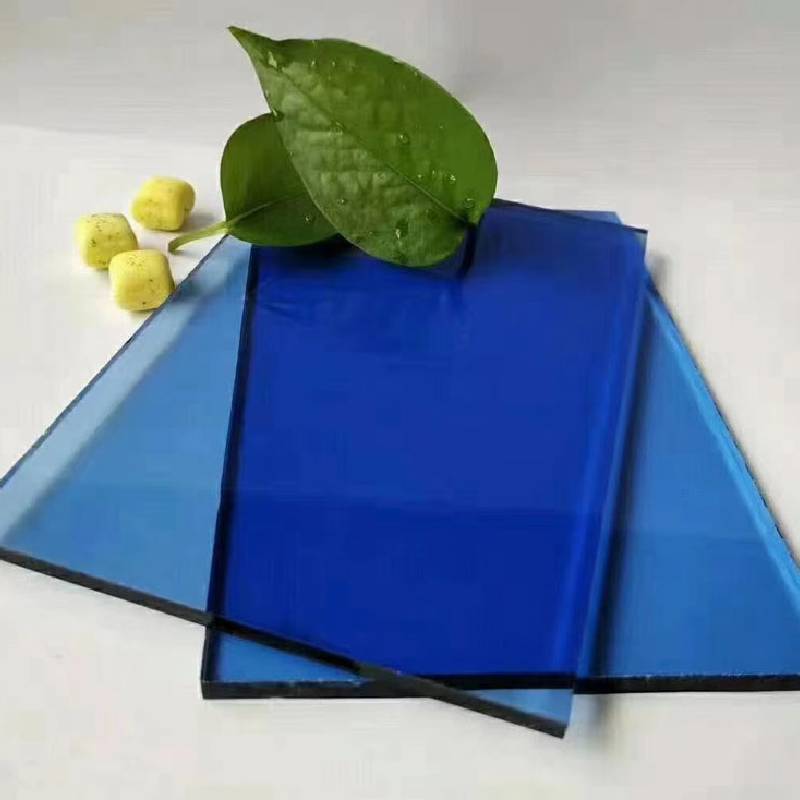Reflective Glass The Intersection of Art, Architecture, and Functionality
In the realm of modern architecture and design, reflective glass has emerged as a transformative material that melds functionality with aesthetic appeal. Its ability to reflect the environment around it not only enhances the visual beauty of a structure, but it also plays a fundamental role in energy efficiency, privacy, and urban interaction.
Reflective glass, with its mirrored surface, is a remarkable invention that has captured the imagination of architects and designers across the globe. The allure of this material lies in its dual property it serves as a barrier and a window, creating a captivating dialogue between the interior and the exterior. One of the most striking features of reflective glass is its ability to seamlessly blend buildings into their surroundings. Skyscrapers clad in reflective glass can create stunning visual effects, reflecting clouds, trees, and nearby structures, thus becoming part of the urban landscape rather than merely occupying space within it.
From an architectural standpoint, reflective glass is often used in commercial buildings to enhance their modern appeal. High-rises in bustling city centers frequently employ this material not only for its beauty but also for its practical advantages. The reflective surface can significantly reduce solar heat gain, which translates to lower energy consumption for air conditioning and lighting. Consequently, reflective glass is a favored choice for environmentally conscious designs that prioritize sustainability and energy efficiency.
Beyond its practical applications, reflective glass fosters a sense of connection within urban environments
. When used in public spaces, such as transport hubs, parks, or government buildings, reflective glass can create interactive experiences for passersby. As people walk by, they catch glimpses of themselves and the world around them in the shimmering surfaces, often prompting a moment of self-reflection or awe. This interaction can foster a sense of community as individuals engage with the architecture in a dynamic way, transforming the glass from a mere building component into a canvas for human experience.
reflective glass
Reflective glass also offers unparalleled privacy without sacrificing natural light. In residential applications, reflective coatings can allow homeowners to enjoy an unobstructed view of the outside world while keeping their living spaces shielded from prying eyes. This feature is especially valuable in densely populated areas where buildings are closely packed together. By choosing reflective glass for their homes, residents can create a serene retreat from the chaotic urban environment while still maintaining a connection to nature.
However, the use of reflective glass is not devoid of challenges. One primary concern is the impact on wildlife, particularly birds, which may not perceive the glass as a barrier and consequently collide with the building. Designers are increasingly seeking solutions to mitigate this risk, such as using patterned glass or incorporating plant life around the base of structures to create a more bird-friendly environment.
Moreover, the environmental implications of reflective glass must also be closely scrutinized. Although it can enhance energy efficiency, the production of glass itself is energy-intensive. It is essential to strike a balance between the benefits and the environmental costs associated with this material.
In conclusion, reflective glass serves as a fascinating example of how modern materials can influence architecture, design, and our interaction with the built environment. Its ability to reflect surroundings and provide privacy makes it a valuable asset in both commercial and residential architecture. As we continue to explore sustainable building practices and smarter urban design solutions, reflective glass will undoubtedly remain at the forefront, challenging architects to innovate while considering their environmental footprint. The future of reflective glass looks promising, marked by advancements in technology and design that will continue to push the boundaries of what is possible in the architectural landscape.
 Afrikaans
Afrikaans  Albanian
Albanian  Amharic
Amharic  Arabic
Arabic  Armenian
Armenian  Azerbaijani
Azerbaijani  Basque
Basque  Belarusian
Belarusian  Bengali
Bengali  Bosnian
Bosnian  Bulgarian
Bulgarian  Catalan
Catalan  Cebuano
Cebuano  Corsican
Corsican  Croatian
Croatian  Czech
Czech  Danish
Danish  Dutch
Dutch  English
English  Esperanto
Esperanto  Estonian
Estonian  Finnish
Finnish  French
French  Frisian
Frisian  Galician
Galician  Georgian
Georgian  German
German  Greek
Greek  Gujarati
Gujarati  Haitian Creole
Haitian Creole  hausa
hausa  hawaiian
hawaiian  Hebrew
Hebrew  Hindi
Hindi  Miao
Miao  Hungarian
Hungarian  Icelandic
Icelandic  igbo
igbo  Indonesian
Indonesian  irish
irish  Italian
Italian  Japanese
Japanese  Javanese
Javanese  Kannada
Kannada  kazakh
kazakh  Khmer
Khmer  Rwandese
Rwandese  Korean
Korean  Kurdish
Kurdish  Kyrgyz
Kyrgyz  Lao
Lao  Latin
Latin  Latvian
Latvian  Lithuanian
Lithuanian  Luxembourgish
Luxembourgish  Macedonian
Macedonian  Malgashi
Malgashi  Malay
Malay  Malayalam
Malayalam  Maltese
Maltese  Maori
Maori  Marathi
Marathi  Mongolian
Mongolian  Myanmar
Myanmar  Nepali
Nepali  Norwegian
Norwegian  Norwegian
Norwegian  Occitan
Occitan  Pashto
Pashto  Persian
Persian  Polish
Polish  Portuguese
Portuguese  Punjabi
Punjabi  Romanian
Romanian  Russian
Russian  Samoan
Samoan  Scottish Gaelic
Scottish Gaelic  Serbian
Serbian  Sesotho
Sesotho  Shona
Shona  Sindhi
Sindhi  Sinhala
Sinhala  Slovak
Slovak  Slovenian
Slovenian  Somali
Somali  Spanish
Spanish  Sundanese
Sundanese  Swahili
Swahili  Swedish
Swedish  Tagalog
Tagalog  Tajik
Tajik  Tamil
Tamil  Tatar
Tatar  Telugu
Telugu  Thai
Thai  Turkish
Turkish  Turkmen
Turkmen  Ukrainian
Ukrainian  Urdu
Urdu  Uighur
Uighur  Uzbek
Uzbek  Vietnamese
Vietnamese  Welsh
Welsh  Bantu
Bantu  Yiddish
Yiddish  Yoruba
Yoruba  Zulu
Zulu 

